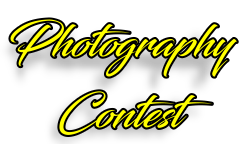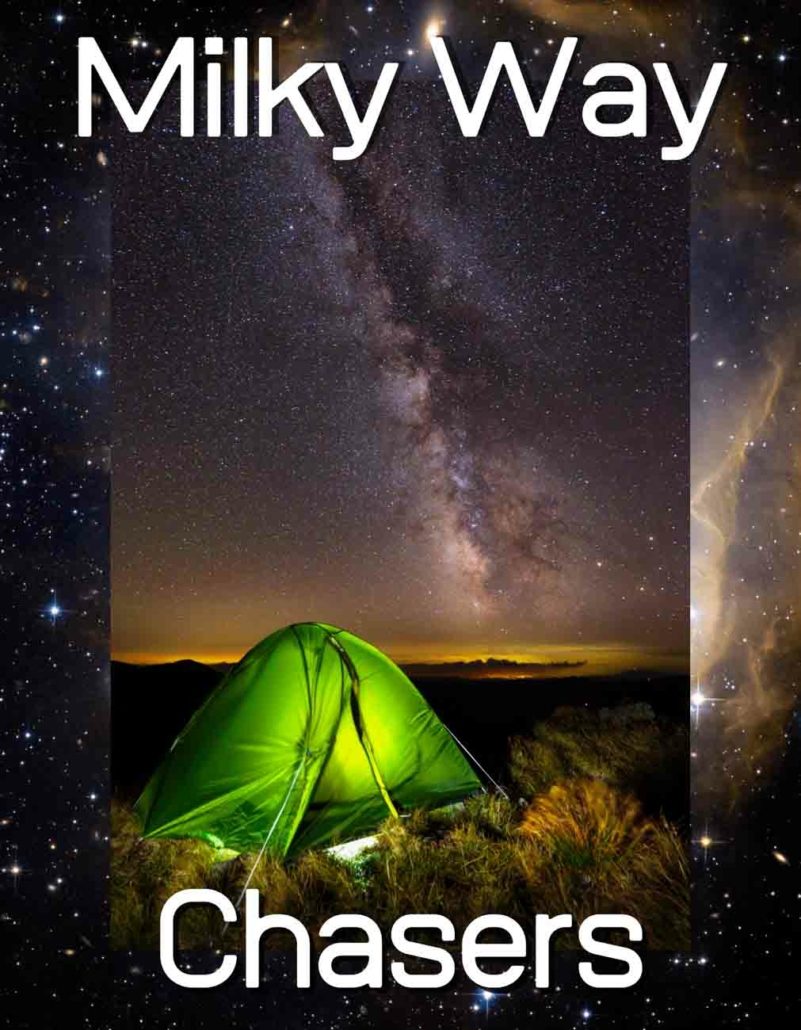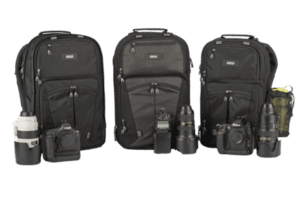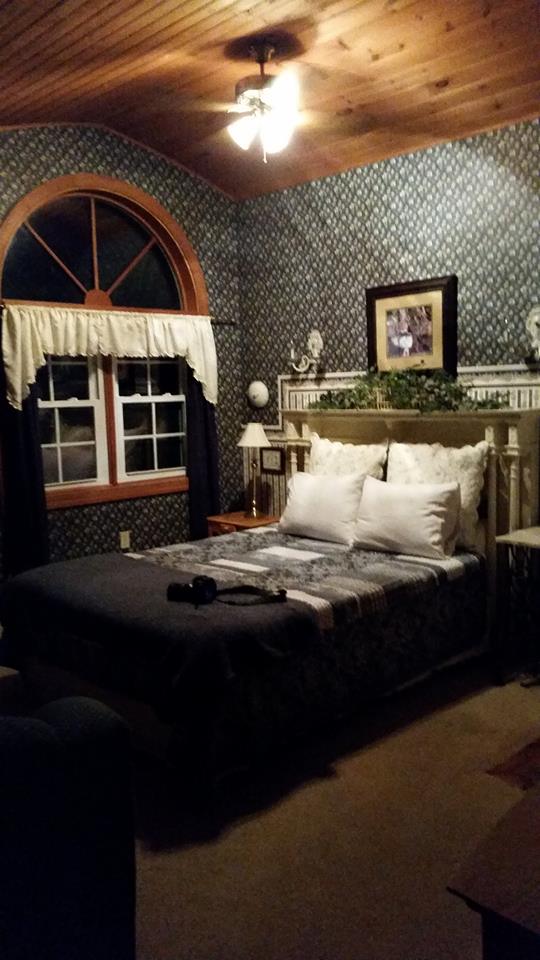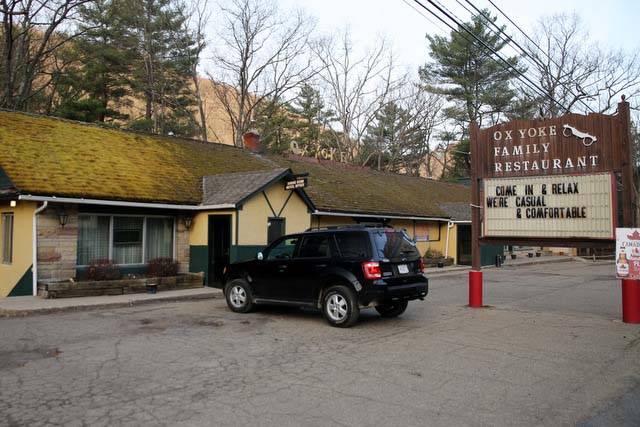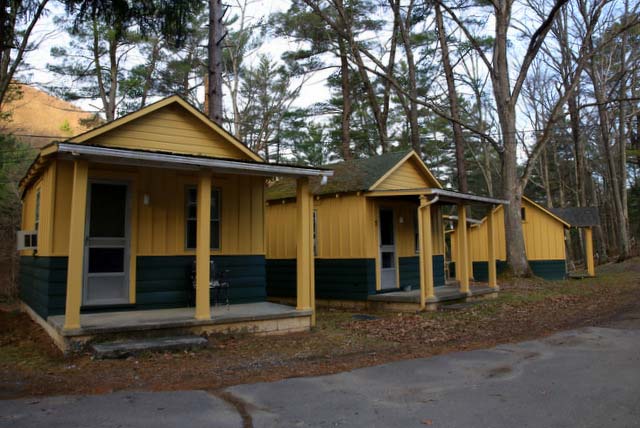WHAT IS THE BEST TIME TO GO?
They are open all year, but you can only see the Milky Way core under certain conditions.
Months: The Milky Way Core can be seen from March to October, disappearing below the horizon for the rest of the year. It appears in the early morning hours in March and becomes visible earlier each month. The best time to catch a glimpse of the core is during summer when it can be seen immediately after sunset, providing an ideal viewing opportunity for stargazers and photographers.
New Moon: Timing is crucial to see the Milky Way. This celestial event can only be seen on clear nights without a visible moon, limiting the window for viewing. Check the new moon chart and go on the new moon ten days before. The charts will show you when the moon rises. Ten days before the new moon, the moon does not rise at night, so you are suitable for Milky Way Photography.
Light Pollution: The best way to experience the full wonder of the Milky Way is to escape from areas with heavy light pollution. Cherry Springs State Park is one of the darkest locations in the United States.
HOW LONG TO COVER THIS AREA?
This region can be explored in just one day and night. If the weather is favorable, you’ll have the opportunity to capture stunning shots of the Milky Way in the surrounding areas.
SEE THE FULL GEAR LIST BELOW
WHAT ELSE SHOULD I BRING?
- Water and Snacks
- Bug repellent
- Food and snacks
HOW DO I GET THERE?
FOR YOUR GPS
4639 Cherry Springs Road, Coudersport, PA, 16915
PHONE: +1 814-435-1037
WEBSITE: Visit website
WHAT OTHER PHOTOGRAPHY IS NEARBY?
Lyman Run State Park is also a dark-sky territory with a lake.
HOW BUSY DOES IT GET?
It gets busier during the Milky Way season and clear skies, so reserve the observation areas and camping beforehand. A few events get very busy, so check the schedule.
THE OBSERVATION FILED
The Field can be found near the park office. It is a prime spot for dedicated astronomers to observe the night sky overnight with their equipment. To preserve the area’s darkness and clarity, all lights must have red filters or be shaded. The use of white light is not allowed in this designated space.
If you would like to reserve a spot at the observation site, please make a reservation online or call ahead. A $15 fee per night per vehicle is for using the Overnight Astronomy Observation Field. Register at the park office when you arrive if you prefer to use the Night Sky Public Viewing Area. While there is no fee for this area, space is limited on a first-come, first-served basis.
CELL PHONE COVERAGE
The area is very remote, and there is minimal cell phone coverage.
EVENTS
There is a woodsmen’s show in August, so be prepared for a massive crowd during that time. Check the schedule before going. If you want to do Woodman by day and Milky Way by night, you can watch or participate in:
-
Tree-felling
-
Log rolling
-
Springboard chopping
-
Standing block chop
-
Chain-saw events
WHERE TO STAY
We are a little spoiled and prefer more luxury!
Frosty Hollow Bed and Breakfast – THE CLOSEST LODGING TO THE PARK
1077 Cherry Springs Road, Coudersport, PA 16915 – See more details below. Tell the Ayers we said Hello!!
MANY YEARS AGO, THIS WAS OUR FIRST PHOTOGRAPHY TRIP FOR THE OFFICIAL MAGAZINE. Frosty Hollow was our very first stop!!




